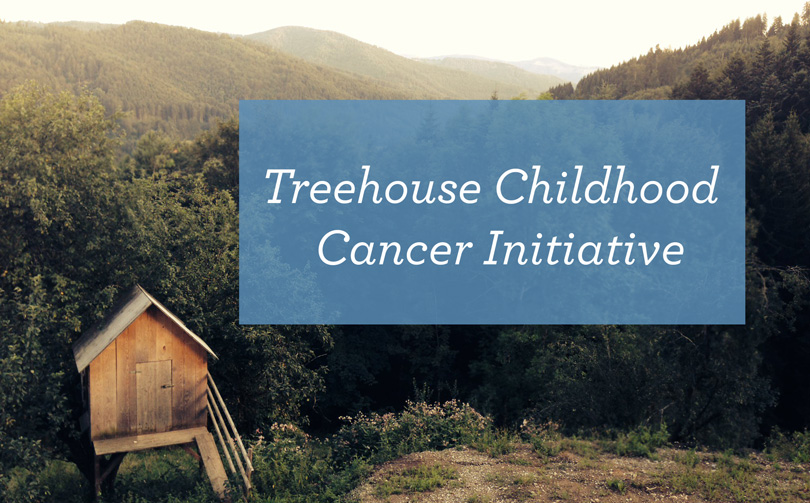Since the announcement of Vice President Biden’s Cancer Moonshot Initiative, there’s been a lot of talk about sharing genomic data to find new cures for cancers. But what exactly is data sharing, and how can we use it to help kids with cancer? Olena Morozova, co-founder of the Treehouse Childhood Cancer Initiative, a St. Baldrick’s-supported research project, explains.

We have known for over a hundred years that cancer is caused by mutations in the DNA. But just in the last decade, we have finally developed the technology to affordably read, or “sequence,” the DNA of a tumor — also known as its genome — to find the exact genetic defects responsible for cancer in each patient.
Do these developments mean that a cure for every child’s cancer is imminent? Sadly, not yet.
It turns out that being able to sequence cancer genomes is just the first step toward cures for cancers. We need to know how to interpret this information.
Interpreting Children’s Genomic Data: The Same Old Approach Won’t Work
The current state-of-the-art way to interpret cancer genomic data focuses on finding DNA mutations in genes. Doctors can then target those mutations with therapies or immunotherapies. This approach works because DNA mutations in genes are common in adult cancers, which represent the lion’s share of cancers.
But childhood cancers are different. What works for adults with cancer won’t necessarily work for children with cancer.
In order to make these new sequencing technologies useful for every child with cancer, we need to change the way we interpret cancer genomic data.
Data Sharing Is Key
One unique thing about cancers in children is that they do not rely on DNA mutations in genes the way adult cancers do. In fact, some pediatric tumors don’t have any gene mutations at all.
Instead, many childhood cancers have errors that alter the way genes are turned on and off, termed “gene expression.”
So we might look at a pediatric tumor genome using traditional genomic analysis methods and not see any errors in the genetic code.
But that doesn’t mean that the errors aren’t there. It just means that our method of analysis isn’t finding them.But what if we could compare that tumor to thousands of other tumors? Then we might be able to see similarities or differences between tumors that we wouldn’t have seen before.
We need this type of data sharing to make genomic analysis useful for children.
The concept of data sharing itself is not new. Researchers share data all the time whenever they publish their research. But it can take years to accumulate enough patients with the disease to conduct the research, then write the paper, and then get it published. That’s a lot of time – time that kids with cancer don’t have.
The Treehouse Childhood Cancer Initiative: Helping Kids in Real Time
With the Treehouse Childhood Cancer Initiative, our goal is to find new treatment options for every child with cancer, right when they need them.
Thanks to support from St. Baldrick’s, Treehouse is partnering with six clinical trials in the U.S. and Canada to use this comparative genomic analysis to benefit hundreds of children with cancer who are out of treatment options.
Our approach is to compare each child’s tumor genomic information with similar information from over 10,000 other tumors from children and adults.
We’ve already seen that this approach has the potential to save lives. In a recent clinical trial, researchers at Stanford profiled the tumor of a child who had exhausted all treatment options. They weren’t able to identify any genetic mutations that could be targeted by drugs, but when they used this comparative analysis they saw that there were abnormal amounts of these genes. This suggested that a particular therapy targeting that gene expression might be useful.
That child went from having no hope for a cure to a new, potentially lifesaving treatment option, all because of data sharing in real time.
Our approach has the potential to yield new treatments and new hope for every child with cancer.And that’s our big goal — to offer this comparative genomic analysis to every child with cancer so that no potential treatment is overlooked in the fight to save their life.
We believe that we will get there one day. There are hurdles in the way – not the least being funding for the tools and resources to enable real-time data sharing to happen. This type of research costs money – lots of it.
But thanks to the generous support of the St. Baldrick’s community, we’re on our way to finding a cure for every child’s cancer.
Help find cures for every child with cancer. Support the gold standard in childhood cancer research.
Read more on the St. Baldrick’s blog:



 SBF
Tweets »
SBF
Tweets »